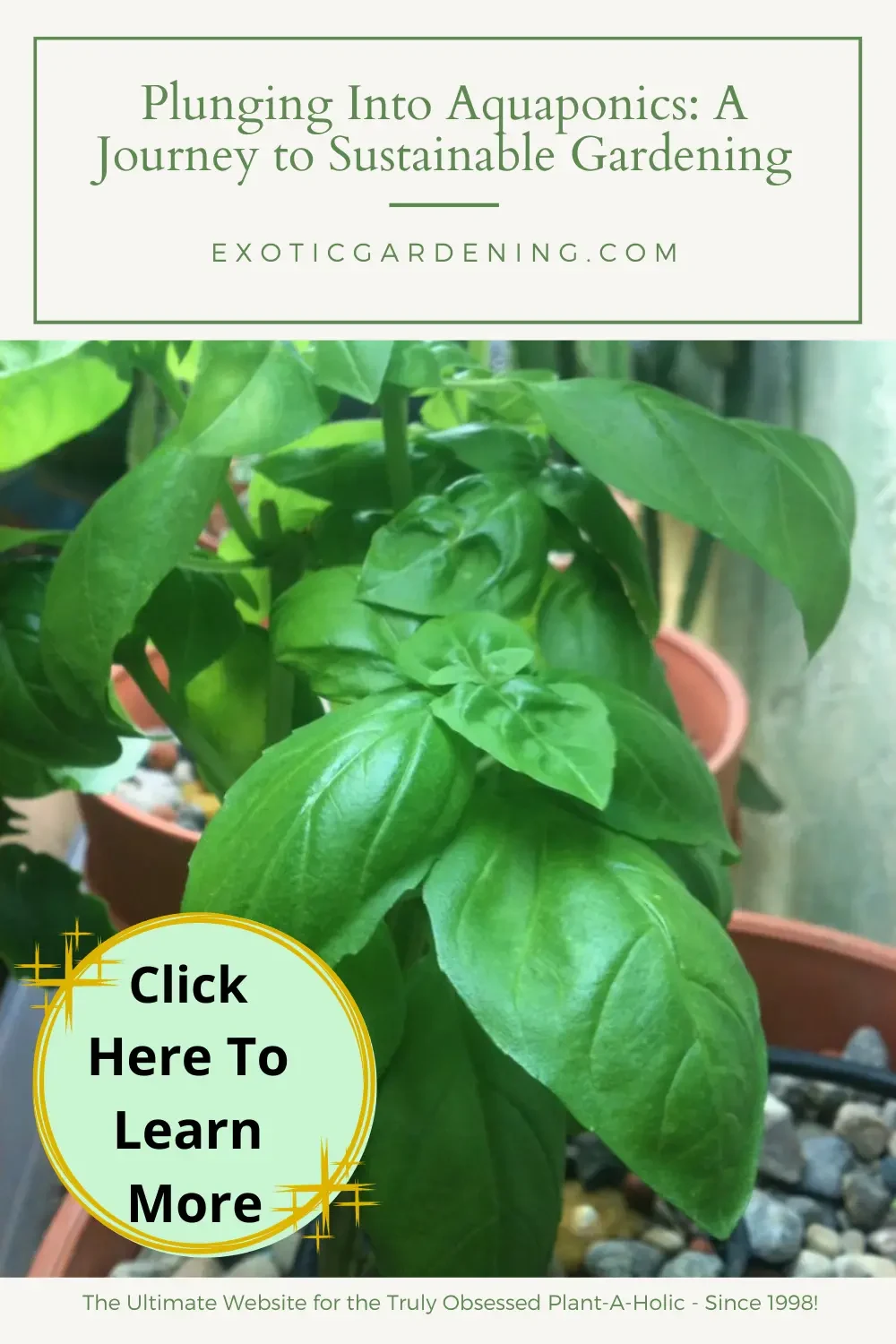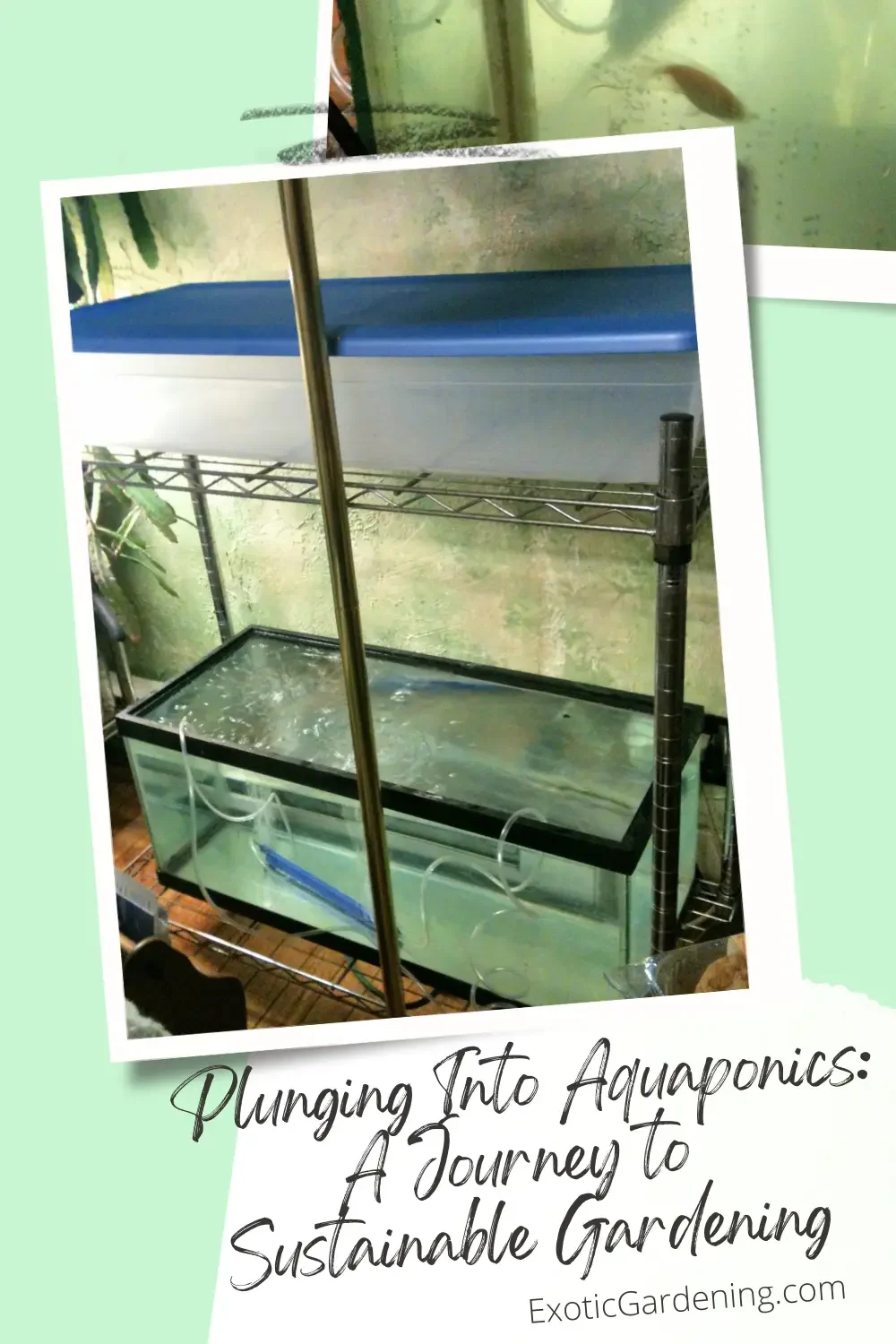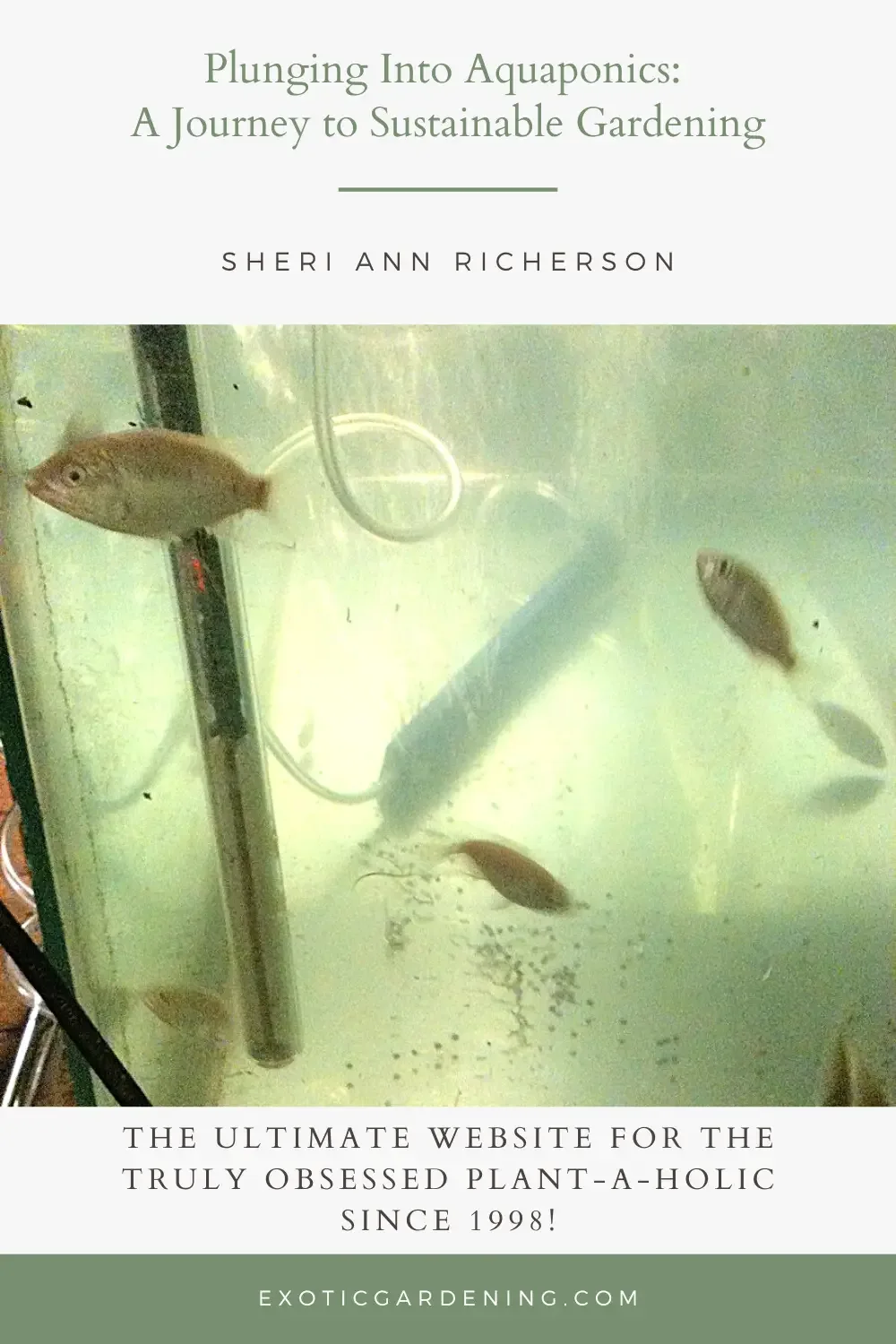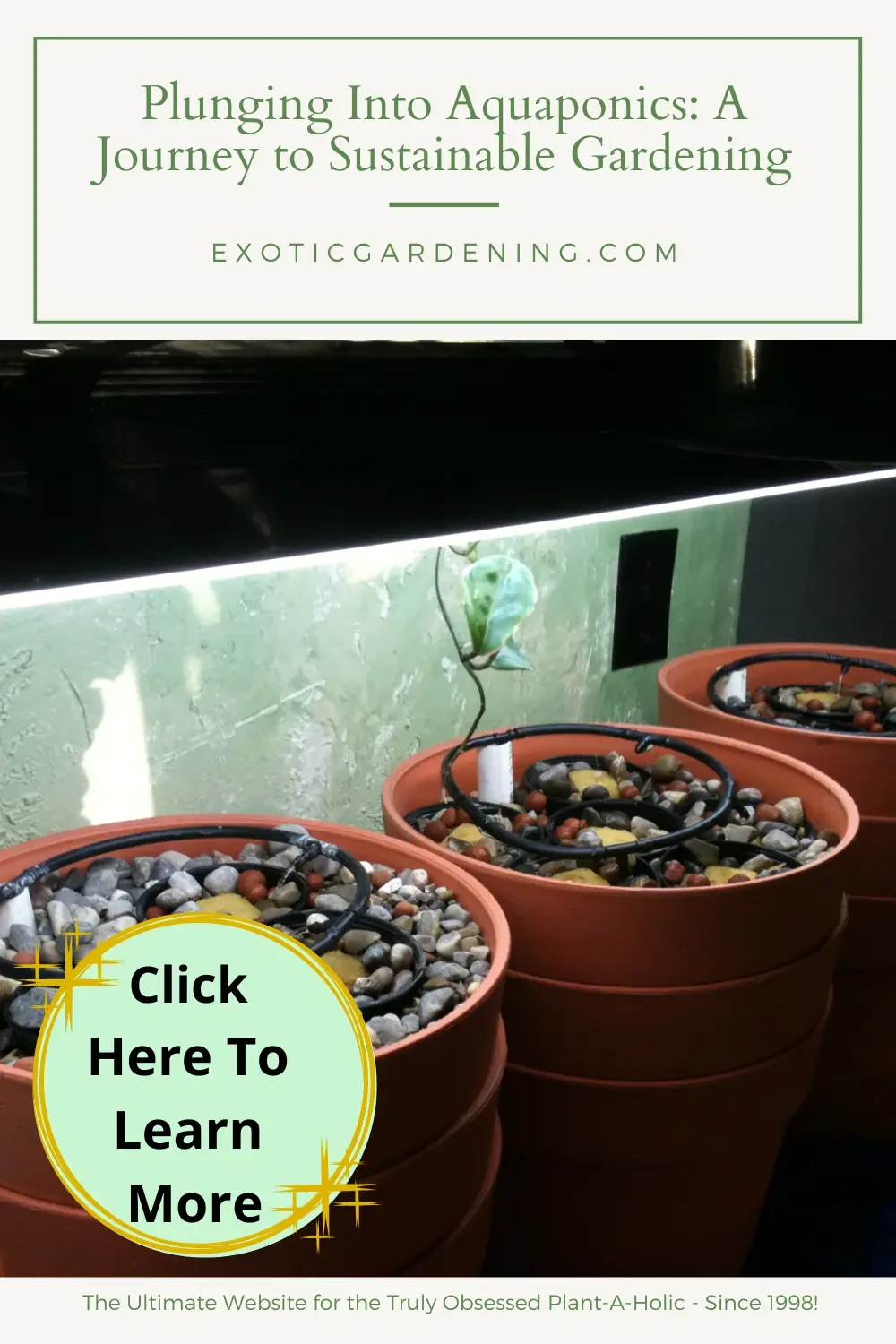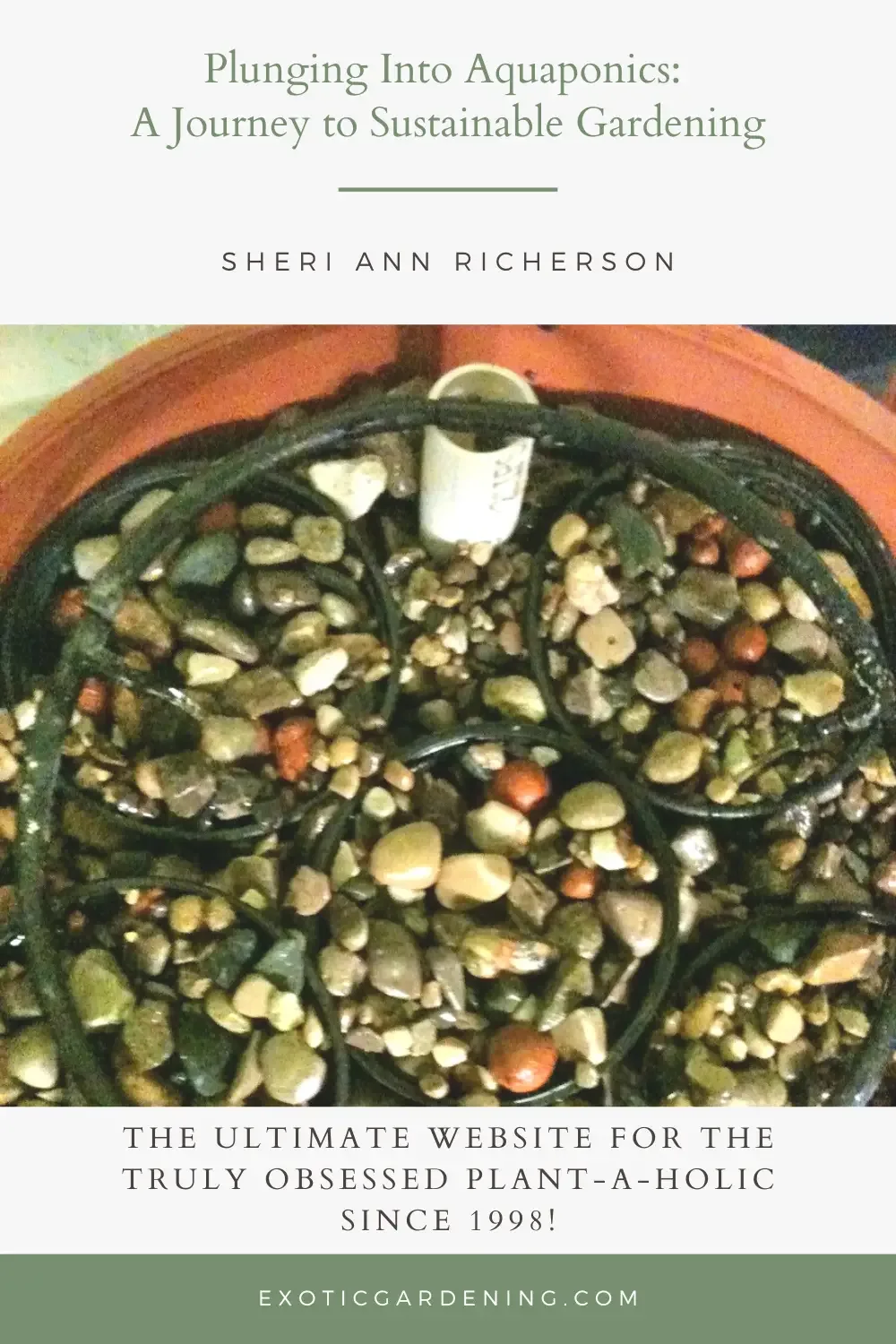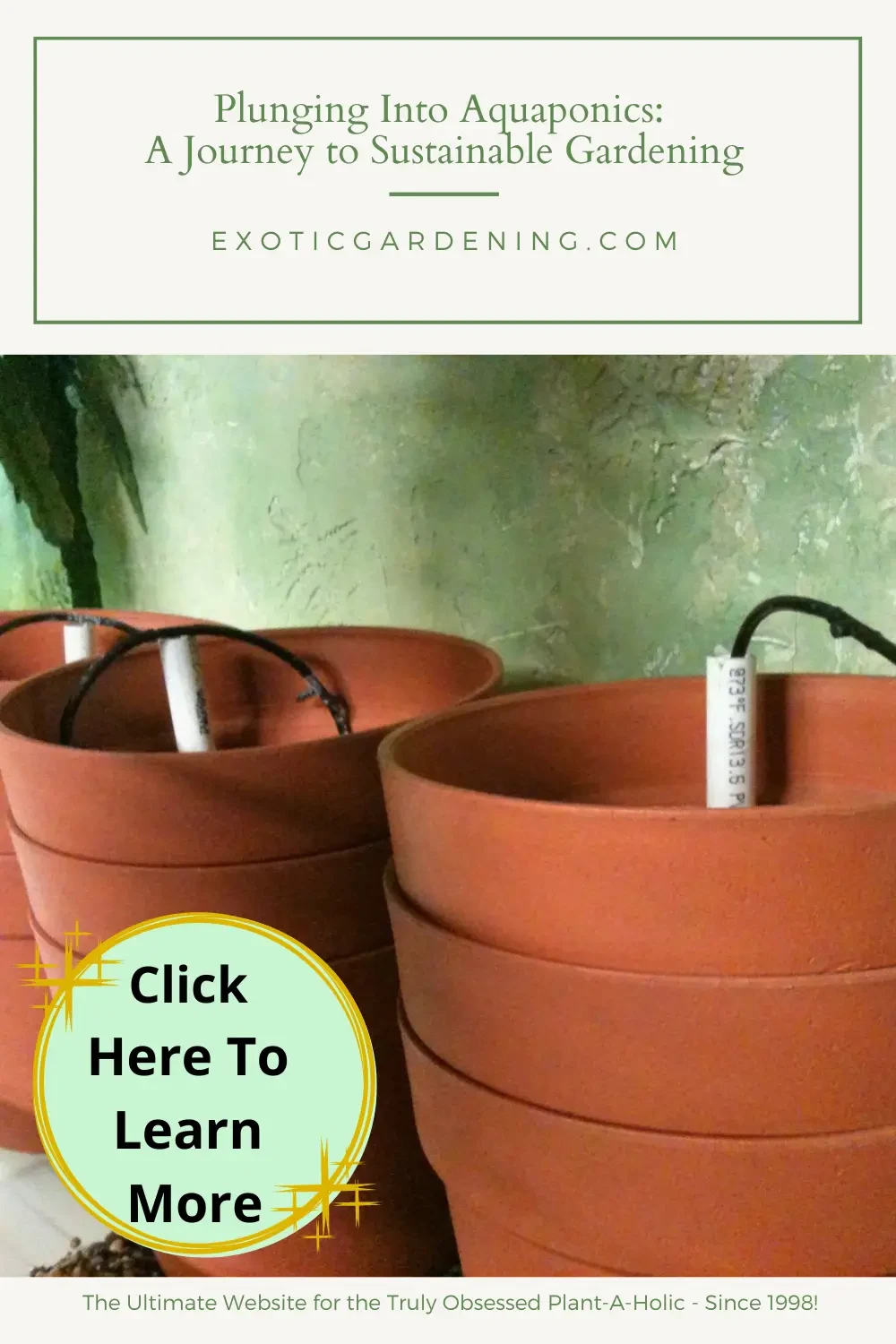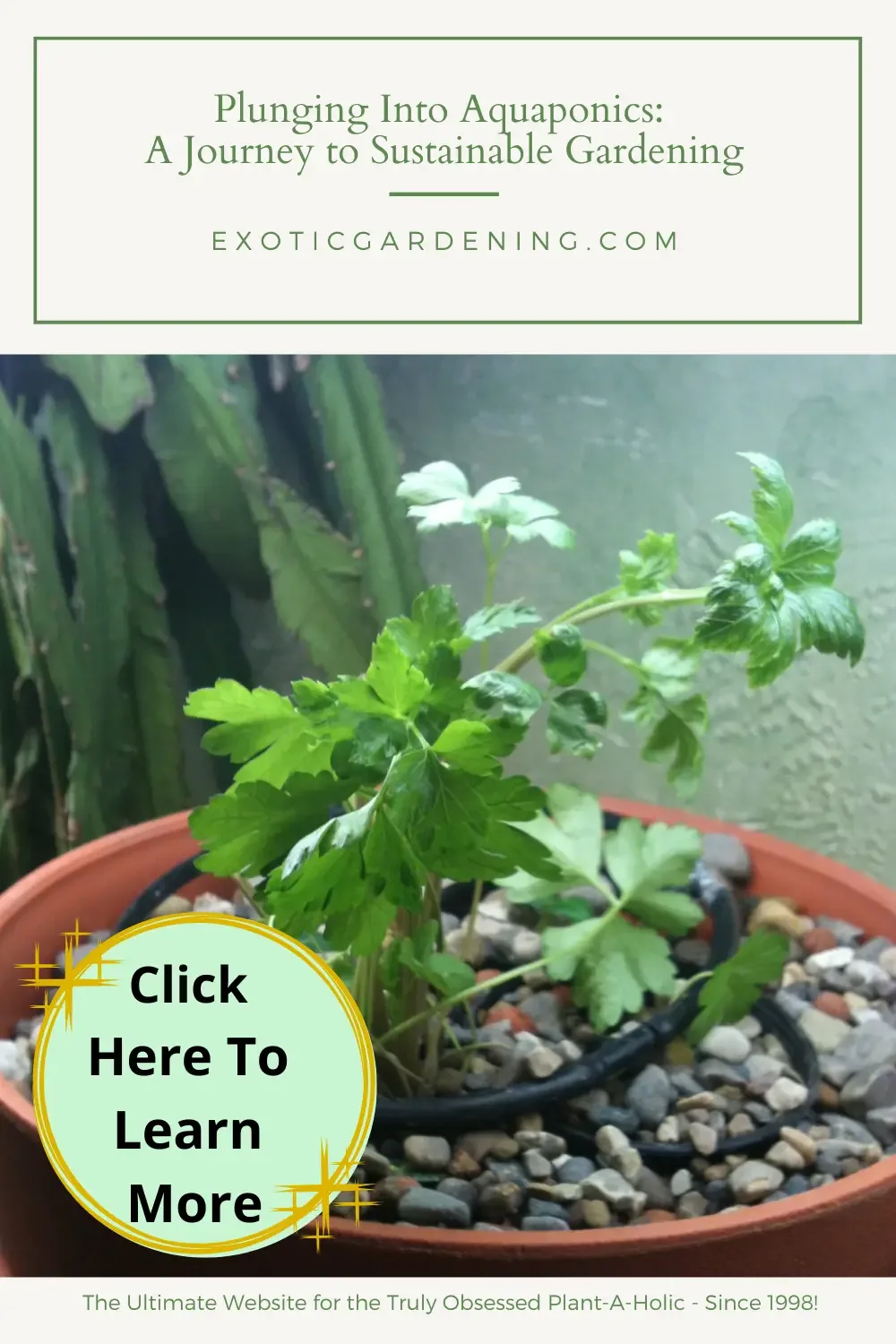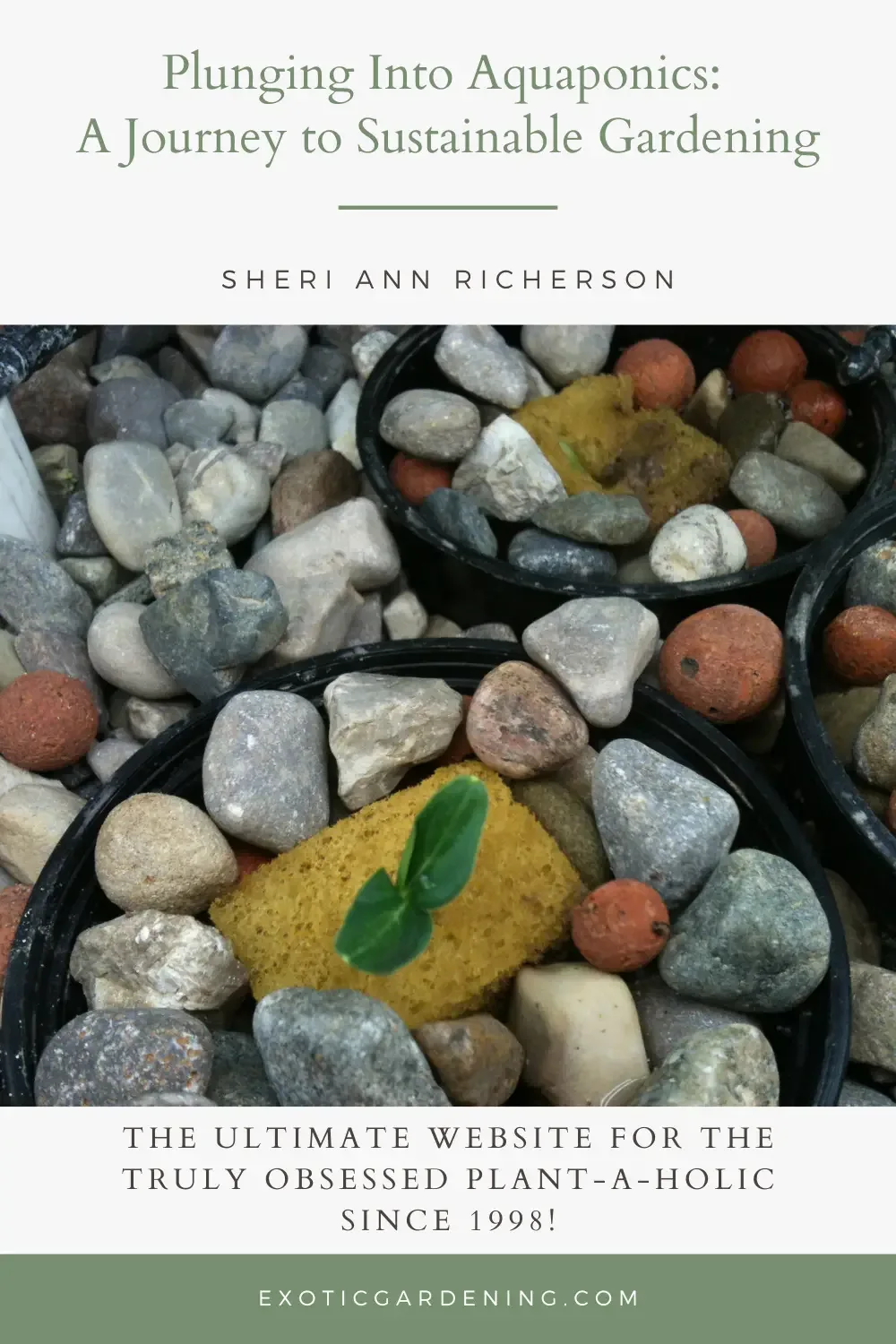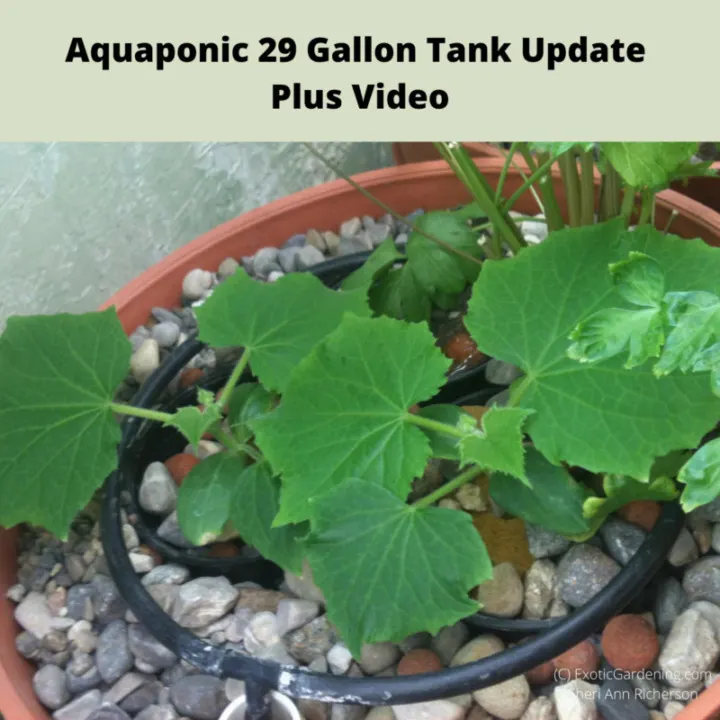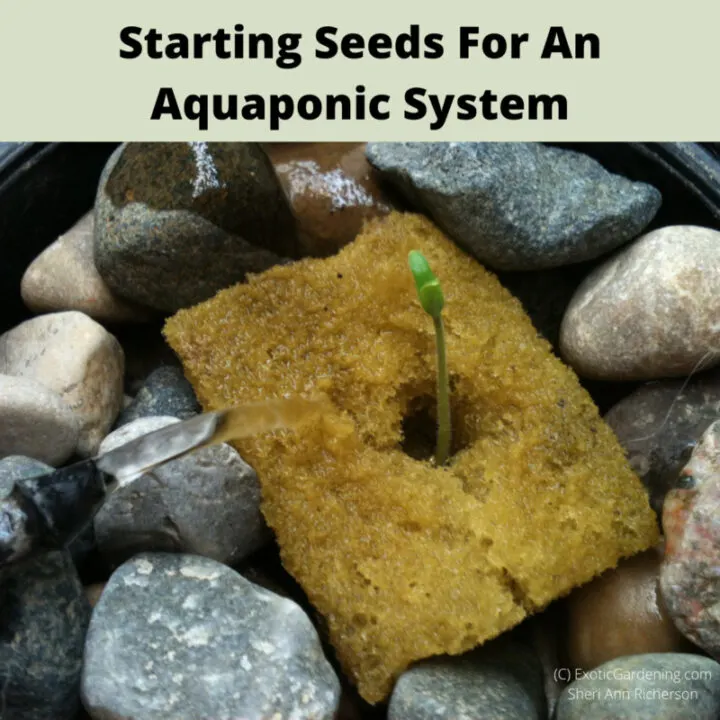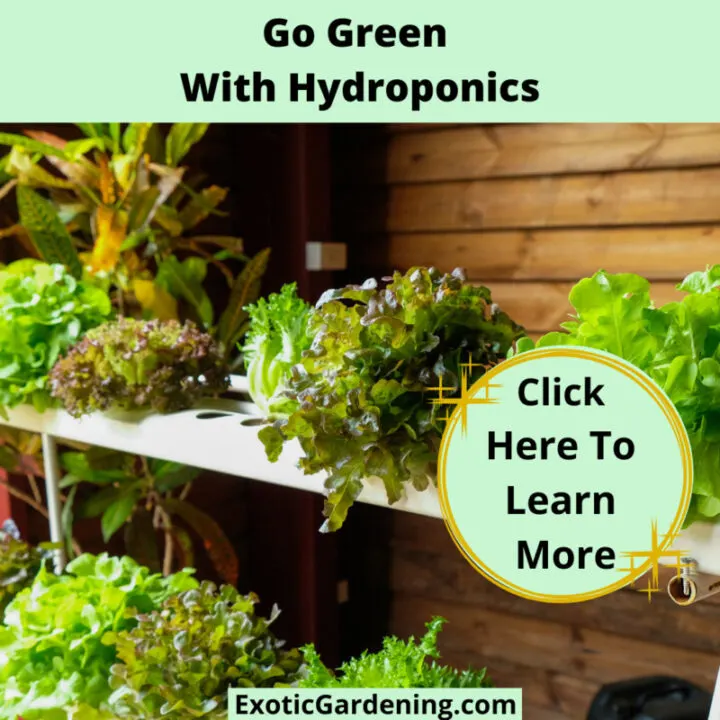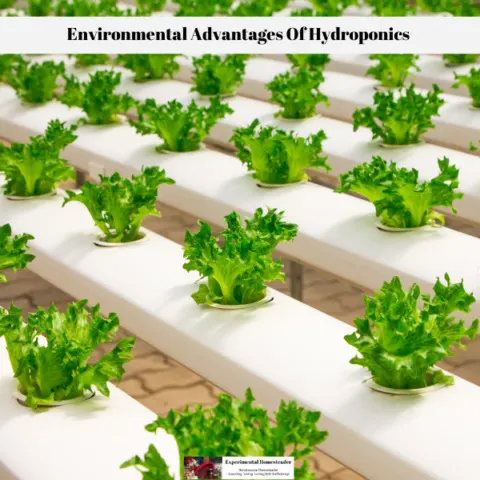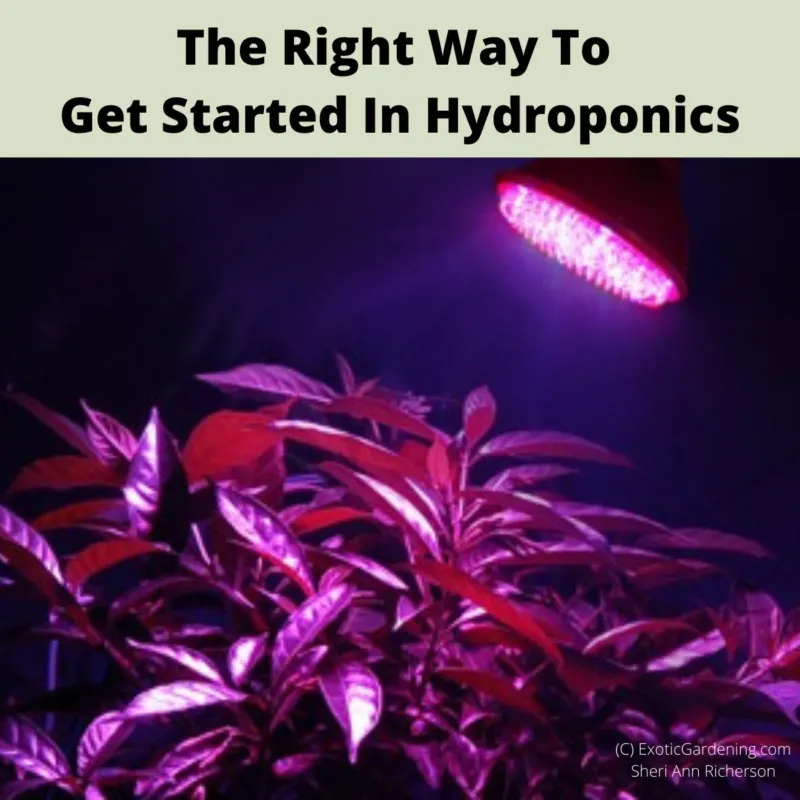Are you intrigued by the idea of growing your own food in a self-sustaining ecosystem?
Aquaponics might be your answer.
In this blog post, we'll delve into my personal adventure as I ventured into the world of aquaponic gardening, complete with tips, challenges, and dreams of a thriving green oasis.
Unearthing Aquaponics: A Fascination Turns Into Reality
The world of aquaponic gardening had long held a special allure for me.
The thought of cultivating plants while nurturing fish in a closed-loop system was nothing short of fascinating.
Yet, I hesitated to embark on this journey, primarily due to what I perceived as a formidable obstacle – acquiring large 250 gallons food-grade plastic tanks for the fish.
I simply had no clue where to find them, especially secondhand.
A Game-Changing Revelation
Then, one day, while perusing a magazine, I stumbled upon a revelation that would change the course of my gardening adventures forever – the use of a humble 10-gallon fish tank for aquaponics.
It was a revelation that set my mind in motion, igniting a newfound excitement and determination to take the plunge.
Accumulating Discarded Treasures
As an avid gardener, I was no stranger to friends offering me their old fish tanks, often with the suggestion to repurpose them into terrariums.
While it was a fantastic idea, my living space presented space constraints that made it challenging to pursue.
Still, I couldn't resist the allure of these discarded aquariums, holding onto them in the hope that one day, I'd find the perfect use.
The 29-Gallon Catalyst
To my surprise, when I finally decided to inspect these tanks, I found several empty ones languishing in my greenhouse and garage.
Among them was a twenty-nine gallon tank, alongside several ten-gallon ones.
It was then that I made the pivotal decision to revive the twenty-nine gallon tank, which had once housed carnivorous plants.
It struck the perfect balance, not too small, yet not overly large, ideal for kickstarting my aquaponic adventure.
Crafting the Foundation
With the twenty-nine gallon tank in mind, the next step was setting up a sturdy foundation.
I enlisted the help of Jerry, and together, we cleared off a reliable metal bookshelf that would serve as a stable stand.
The bottom shelf became the new home for the aquarium, while the top shelf awaited the arrival of our verdant companions, basking under the gentle glow of a strategically positioned grow light.
The Quest for Catfish
As I meticulously cleaned the tank and prepared everything for its new occupants, my thoughts drifted to a beloved variety of fish - catfish.
These delectable swimmers held a special place in our hearts, and I yearned to have them as part of our aquaponics journey.
However, a harsh reality struck - there were no local sources for catfish at the moment.
A Fishy Christmas Surprise
Undeterred and determined to commence my aquaponic experiment without delay, I initiated "plan B."
I knew that come spring, the itinerant fish vendors would set up shop at Tractor Supply, offering me the opportunity to acquire catfish.
In the interim, a delightful turn of events unfolded as a kind couple sold me a dozen tilapia.
This unexpected surprise fulfilled my Christmas wish, albeit a humorous one: "two catfish and one aquaponics setup."
Connecting with Fellow Aquaponics Enthusiasts
Meeting the couple behind the tilapia sale was an enriching experience.
It reignited my passion for gardening and, more poignantly, my longing for my greenhouse.
Our conversations flowed, and their aquaponic setup painted a vivid picture of what was possible.
Lessons from Seasoned Aquaponics Enthusiasts
The couple's aquaponic setup showcased the true potential of this innovative gardening method.
As I left their company, I yearned for the arrival of spring, holding onto the hope that we could restore my beloved greenhouse.
Another year without it seemed unimaginable.
Assembling the Essentials for Success
With my aquaponic journey in full swing, the next phase involved acquiring the essential components necessary for a thriving ecosystem.
Maintaining the Ideal Temperature
Research quickly revealed that tilapia thrive in warm water.
Promptly, I installed an aquarium heater to ensure the water temperature remained conducive to their well-being.
To further safeguard the fish, I planned to purchase a thermometer to monitor conditions diligently.
Pebbles or Clay Rocks?
To support the growth of our plants, I needed a suitable medium - pebbles or clay rocks.
While I did have some from an old hydroponic setup that no longer worked, I needed more.
Unfortunately, hydroponic stores were not easily accessible.
Still, I remained hopeful that I'd stumble upon a source for free or affordable pebbles, given my shoestring budget.
The Search for a Pump
Next on my checklist was the crucial element of water circulation - a pond pump.
Yet, a daunting task lay ahead as I had to navigate my cluttered garage in search of one.
If luck wasn't on my side, a local pet store had a reasonably priced alternative, only requiring the addition of a hose to complete the setup.
Containers for Plant Growth
The success of my aquaponics venture hinged on the choice of containers for plant growth.
These containers needed to facilitate the free flow of water.
I contemplated using gallon food-grade buckets, a gift from my friend Shirley a few years ago.
They already featured substantial holes at the base, and I believed they possessed adequate space for various edible plants, including tomatoes.
However, the lingering concern was whether the holes were too large.
Fortunately, I had plastic flower pots from an old hydroponic setup in the greenhouse, serving as a viable backup plan.
Dreaming Big with Aquaponics
My initial foray into aquaponics was just the beginning, brimming with aspirations of thriving greenery, abundant harvests, and the profound satisfaction of self-sustaining gardening.
Scaling Up the Operation
Should this small-scale experiment yield promising results, I harbored grand plans to expand the operation come spring.
Aquaponics, I firmly believed, held immense potential for growing an array of produce in limited space.
Inspiration coursed through me, driven by the successes I had witnessed within online aquaponics communities.
A Sustainable Approach to Food Production
In a world marked by economic challenges and an ever-growing need for fresh, non-GMO food, my aquaponics venture stood as a beacon of hope.
I saw it as an opportunity to bolster our food production capacity, not only to benefit our family but also to contribute to local food pantries and assist those in need.
Anticipating the Harvest
As I eagerly awaited the unfolding of this remarkable journey, my thoughts wandered to the day when we could harvest our own fish for consumption.
The timeline suggested it would take eight months from start to finish, with each fish expected to reach a weight close to a pound.
The anticipation of these future harvests filled me with hope and excitement, propelling me further into the captivating world of aquaponic gardening.
Are you considering aquaponics for your garden?
Whether you're a seasoned enthusiast or just dipping your toes into the world of sustainable gardening, I hope my experiences have shed light on the possibilities and challenges of this exciting journey.
Stay tuned for more updates and insights as our aquaponic adventure unfolds!
FAQ - Your Aquaponics Questions Answered
Q: How do you grow tomatoes in aquaponics?
A: Growing tomatoes in aquaponics is feasible. Use larger containers with a well-draining media for the plants. Ensure they receive adequate light, and maintain water temperature and pH levels suitable for tomato growth.
Q: Can you have an aquaponics herb garden?
A: Absolutely! Herbs like basil, cilantro, and mint thrive in aquaponic systems. Plant them in suitable containers and provide proper lighting and nutrient-rich water.
Q: What are the best house plants for an aquaponics fish tank?
A: Houseplants like pothos, peace lilies, and spider plants can thrive in an aquaponics fish tank, helping to filter water and add a touch of greenery to your space.
Q: How do you set up an aquaponics fish tank?
A: Setting up an aquaponics fish tank involves combining a fish tank with a grow bed, ensuring water circulates properly. You'll need a pump, grow medium, fish, and plants. Regularly monitor water quality.
Q: Can you grow carrots in aquaponics?
A: While carrots can be grown in aquaponics, they require deep containers with loose, well-draining media. Ensure consistent water quality and depth for successful carrot cultivation.
Q: How do you grow lettuce in aquaponics?
A: To grow lettuce in aquaponics, use shallow containers with a suitable media like pebbles. Provide proper lighting and maintain water conditions conducive to lettuce growth.
Q: What types of pumps are used in aquaponics systems?
A: Aquaponics systems typically use submersible water pumps or air pumps to circulate water, deliver nutrients, and maintain oxygen levels for fish and plants.
Q: What size tank is ideal for aquaponics?
A: The tank size for aquaponics depends on your available space and goals. You can start with a small tank like a 10-gallon for a beginner setup or go larger for more extensive systems.
Q: Are there aquaponics greenhouse kits available for purchase?
A: Yes, you can find aquaponics greenhouse kits that include everything you need to set up a controlled environment for your aquaponics system, making it easier to grow plants year-round.
Q: Is aquaponics suitable for Indiana's climate?
A: Aquaponics can thrive in Indiana's climate with the right greenhouse setup. It allows you to control environmental conditions, enabling year-round cultivation despite seasonal changes.
Q: Can aquaponics be used to grow flowers?
A: Yes, aquaponics is versatile enough to grow flowers. With proper care and attention to water quality, you can cultivate a wide range of beautiful flowers in your aquaponics system.
Aquaponics and Hydroponics
Aquaponic 29 Gallon Tank Update Plus Video
Our progress with getting an aquaponic 29 gallon tank set up in our living room. It includes a short video.
Starting Seeds For An Aquaponic System
Aquaponic seed starting is really not much different than regular seed starting. You do use a different seed starting medium.
Hydroponic Gardening Advantages: Grow More Food In Less Space Using Environmentally Friendly Methods
Grow more food in less space using environmentally friendly practices when you learn about the advantages of hydroponic gardening.
Go Green With Hydroponics
Gardeners and farmers often seek ways to be environmentally friendly. One way to achieve this goal is to go green with hydroponics.
Environmental Advantages of Hydroponics: Green Gardening Products That Combat Global Warming
Learn about the various environmental advantages of hydroponics and the green gardening products for that combat global warming.
The Right Way To Get Started In Hydroponics
Grow lights are an important part of hydroponic gardening. In order to be successful getting started the right way is important.

